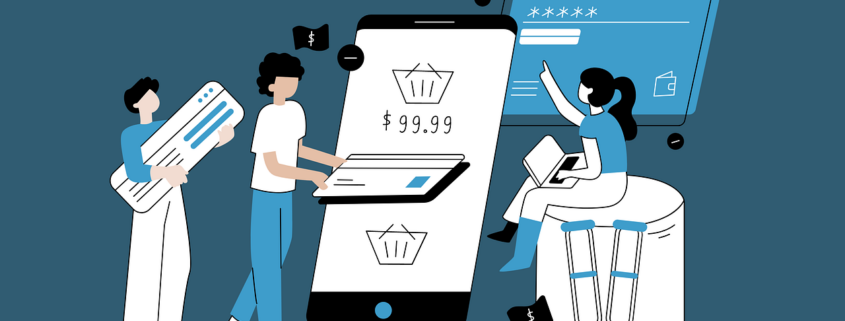Navigating the Digital Landscape: AI’s Role in User-Friendly Web Design
The digital realm is expanding at a breakneck pace, and in this ever-evolving landscape, the importance of a seamless user experience (UX) cannot be overstated. As businesses strive to engage and retain customers in the online space, artificial intelligence (AI) has emerged as a pivotal ally. AI-driven web design tools are revolutionizing the industry by enhancing UX through intuitive interfaces, personalized content, and adaptive features.
Automating Creativity and Efficiency
AI web design tools are disrupting the traditional approach to website creation. By leveraging machine learning and algorithms, these tools, such as the ones on Social Marketing 90, can generate design layouts and elements that align with best UX practices. This automation reduces the time and effort required to build attractive, user-centric websites, allowing designers to focus on more complex and creative tasks. AI can evaluate thousands of design options within seconds, presenting the most effective solutions that would take a human designer considerably longer to conceptualize.
Personalization at Scale
In the age of personalization, AI is the secret ingredient for crafting experiences that resonate with individual users. AI web design tools analyze user data to understand preferences and behaviors, dynamically adjusting content, layouts, and navigation in real time. For example, a website might display different images, product recommendations, or call-to-action prompts based on the visitor’s past interactions, similar to how YouTube bots suggest videos that match viewer history to enhance engagement on the platform.
Optimizing for Accessibility and Inclusivity
An often-overlooked aspect of UX is the need for accessibility, ensuring that websites are usable for people with various disabilities. AI tools can now audit web designs for accessibility compliance, suggesting changes that make sites more inclusive. This not only broadens the user base but also demonstrates a commitment to social responsibility.
Enhancing Performance and Load Times
Speed is a crucial component of UX, and AI is at the forefront of optimizing website performance. AI-driven tools can automatically compress images, streamline code, and manage resources to minimize load times. Fast-loading websites reduce bounce rates and improve user satisfaction, which is integral to maintaining an online presence that users trust and return to.
Real-Time Analytics and Adaptation
AI takes web analytics to the next level by not only gathering data but also interpreting it in real time to improve UX. With AI, websites can adapt to traffic surges, user behavior changes, and even A/B test different design elements without manual intervention. This means that websites are continuously evolving to meet user needs more effectively.
Facing the Challenges Ahead
While AI in web design is promising, it’s important to address potential challenges. Designers must ensure that reliance on AI doesn’t stifle creativity or result in generic, cookie-cutter websites. Additionally, privacy concerns around data collection for personalization need to be managed with care and transparency.
Embracing AI in the Journey Forward
As we sail into the future, AI web design tools are becoming indispensable for businesses that wish to offer cutting-edge user experiences. These tools not only streamline the design process but also unlock new possibilities for personalization, performance, and adaptability. In the hands of skilled designers, AI can elevate the digital experience, making the virtual world more intuitive, engaging, and accessible for all users.

